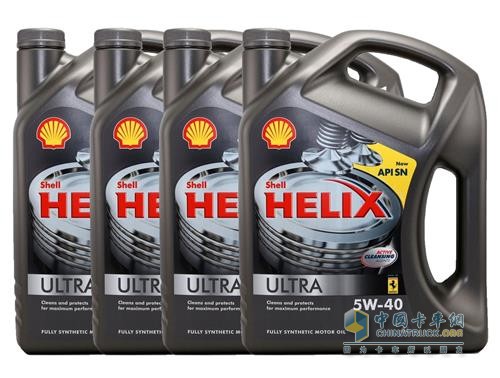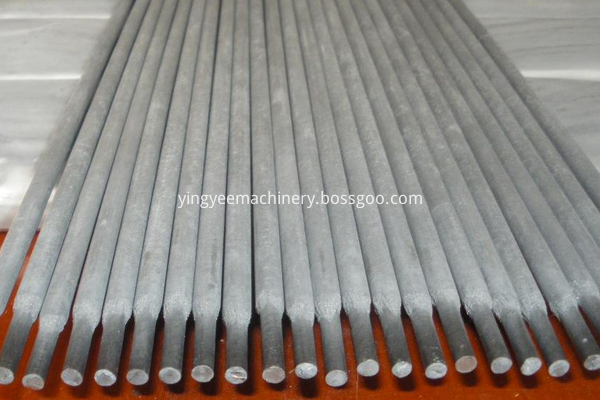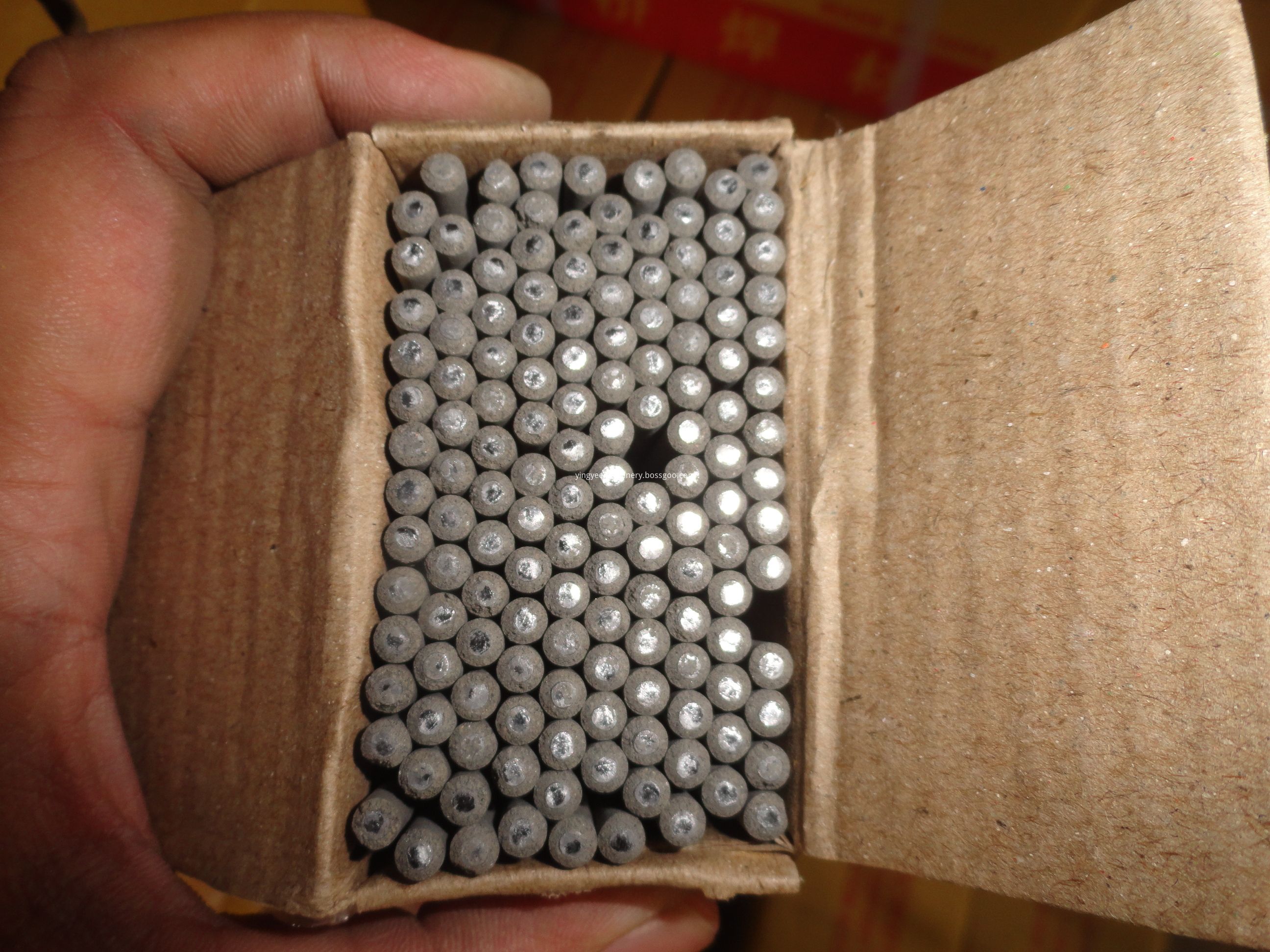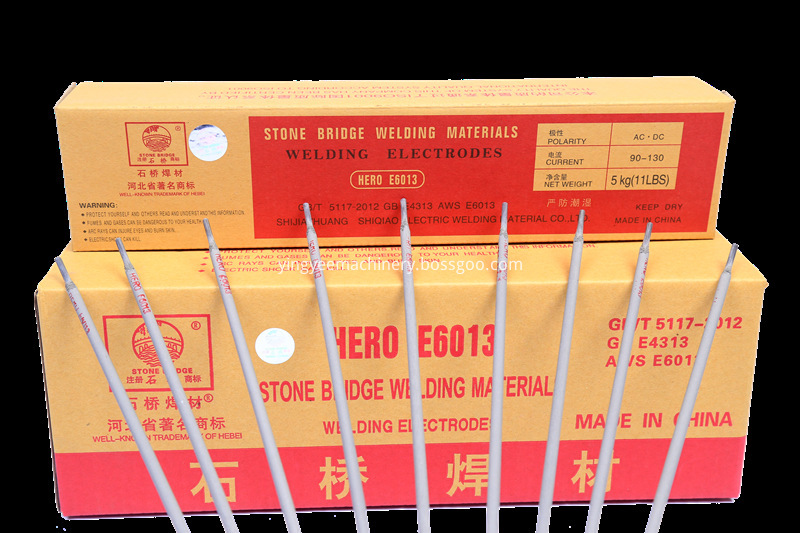Synthetic Lubricant Asia-Pacific region grows 6% over 6%
In contrast, by 2020, the demand for traditional lubricants is expected to drop by nearly 1%. Globally, Kline estimates that the market penetration of synthetic lubricants will increase from 17% in 2015 (global total lubricant demand 38.8 million tons) to 22% in 2020 (estimated global total lubricant demand is 40 million tons). . The penetration rate of synthetic lubricants in the passenger car engine oil market reached 33% in 2015, which was 29% higher than in 2013, but the volume growth was low or not at all. The above estimate does not calculate the synthetic processing oil. Key factors driving global adoption of synthetic lubricants include technology needs of OEMs, supply drivers for base oils such as API Group III base oils, increasing consumer awareness and acceptance, government emissions, and fuel economy Regulations, affordability and economy due to extended oil change intervals, and continued end-user loyalty. “In terms of the penetration rate of synthetic lubricants, South Korea and Japan will continue to lead other markets in the region, but we will see that China and India have developed particularly rapidly... [low-viscosity grade lubricants] demand.†Kline & Co. George Morvey, energy business industry manager, said in a webinar on November 22, “For example, India is moving from a high viscosity grade such as 15W to a lower grade of 5W. It is different from ours in mature markets such as the United States. See the long-term evolution, India's direct jump viscosity grade, very quickly turned to a lower viscosity grade." Kline found that semi-synthetic lubricants were highly prevalent in a variety of markets, including Asia Pacific, South America, Africa, and Middle East countries. "We see the semi-synthetic lubricants we use as bridges that allow consumers to understand the benefits of these products," he said. "This way, it's more affordable, and it's easier to sell." He pointed out that the business wants customers to eventually transition to using a fully synthetic product. He pointed out that consumers in the region have low awareness and recognition of synthetic lubricants. "I think that people in related industries are trying to convince consumers of the benefits of synthetic lubricants in terms of extending the oil change intervals or improving fuel economy." Morvey said, "We have the opportunity to change the perception of consumers in the Asia Pacific region and build awareness." And recognition." He explained that the “purchase and take away†oil replacement method is quite common in certain countries, especially in countries where China and India have rapid growth in counterfeit activities. One way for consumers to overcome counterfeiting is to purchase products at retailers (mature retailers or online sales platforms) and then bring the products to assemblers. They pay people and monitor their oil changes (especially when using synthetic oils) to ensure that they can use their own products. Kline lists the top ten global suppliers in the market share of synthetic and semi-synthetic automotive and industrial lubricants, including two Japanese companies: sixth-ranked JX Nippon and seventh-ranked Idemitsu. ExxonMobil ranked first, followed by Shell, BP, Total and Chevron.
Welding electrode E6013 is a kind of carbon steel electrode with high Titania type coating. It is widely used on AC and DC in all position, even used for welding low-carbon steel structure and strength grade low-alloy steel, generally for welding steel and ordinary carbon steel pipe.
Advantages:
Products & Packing
E6013 Welding Rod,Brass Welding Rod,E6013 Welding Wire Rod,E6013 Electrode Welding Rod YingYee Machinery and Technology Service Co.,Ltd , https://www.yingyee.cn Synthetic lubricant
Synthetic lubricant
1. Stable arc, less splash
2. Shaped good appearance
3. Easy for removal of slag layer
4. Easy for striking arc and restriking arc.
5. Operable with low amperages on sheet metal
6. Slag control accommodates vertical down welding
Product Name 300-450mm length electrode Welding Rod
Material Low carbon
Standard ISO, CNCA,SONCAP
Model E6013 E7018
Diameter 2.5mm 3.2mm 4.0mm
Packing 20kg per carton
Advantages Small spatter, no smell,easy arc, easy slag remove





1. We offer installation service local in paid, reasonable charge.
2. QT test is welcome and professional.
3. manual and using guide is optional if no visiting and no installation.
Certification and after service:
1. Match the technology standard, ISO producing certification
2. CE certification
3. 12 months warranty since the delivery. Board.
Our advantages:
1. Short delivery period.
2. Effective communication
3. Interface customized.